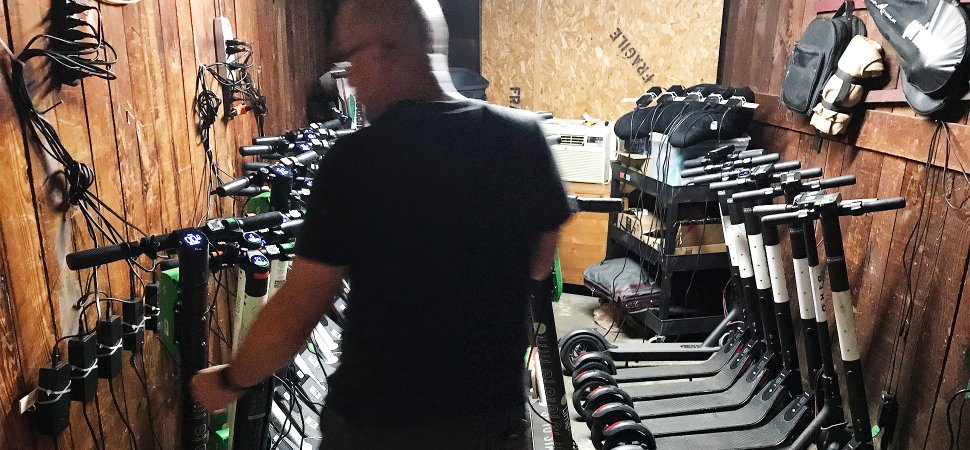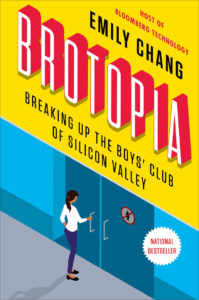Legislators and tech companies are finally working to protect women from receiving unwanted sexually explicit images online – will it work?
The war on (unwanted) dick pics has begun according to a Guardian article about a web developer who asked people to send her “dick pics” so she could train a machine to recognize them and deal with them. The Guardian rightly asks why tech-companies don’t provide more tools for users to deal with harassing messages.
The interesting thing is how many women get them (53% get lewd images) and how many men have sent one (27% of millenial men). (Data from Pew Online Harassment 2017 and the I’ll Show You Mine study.)






